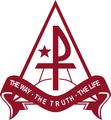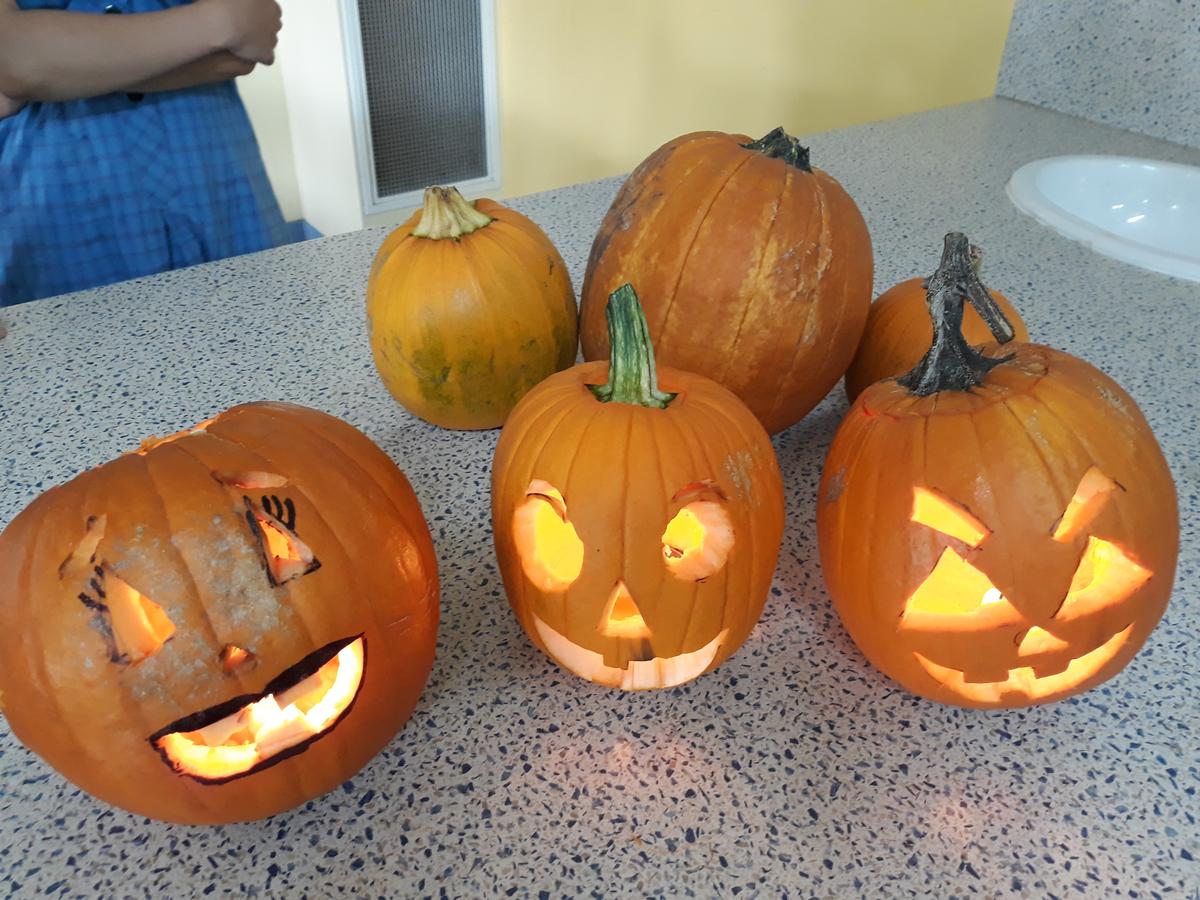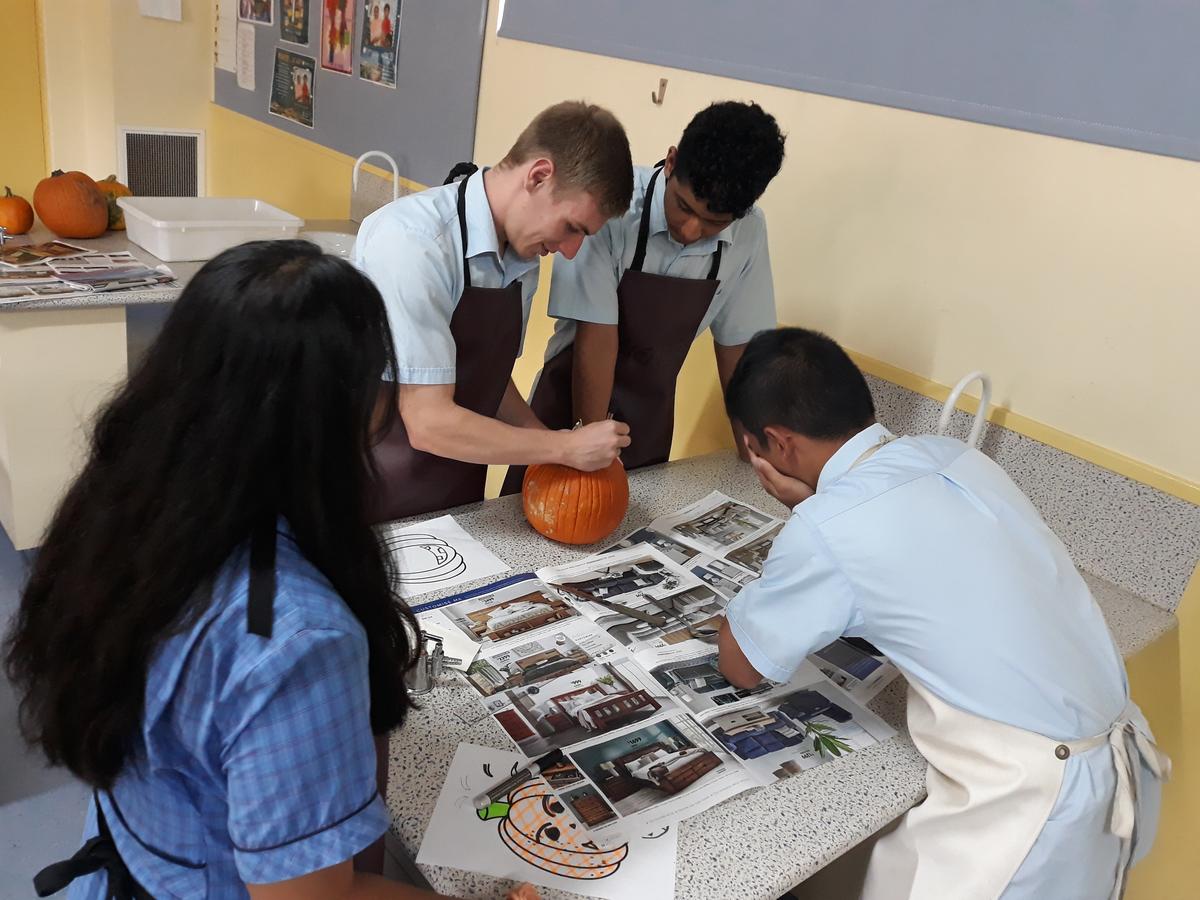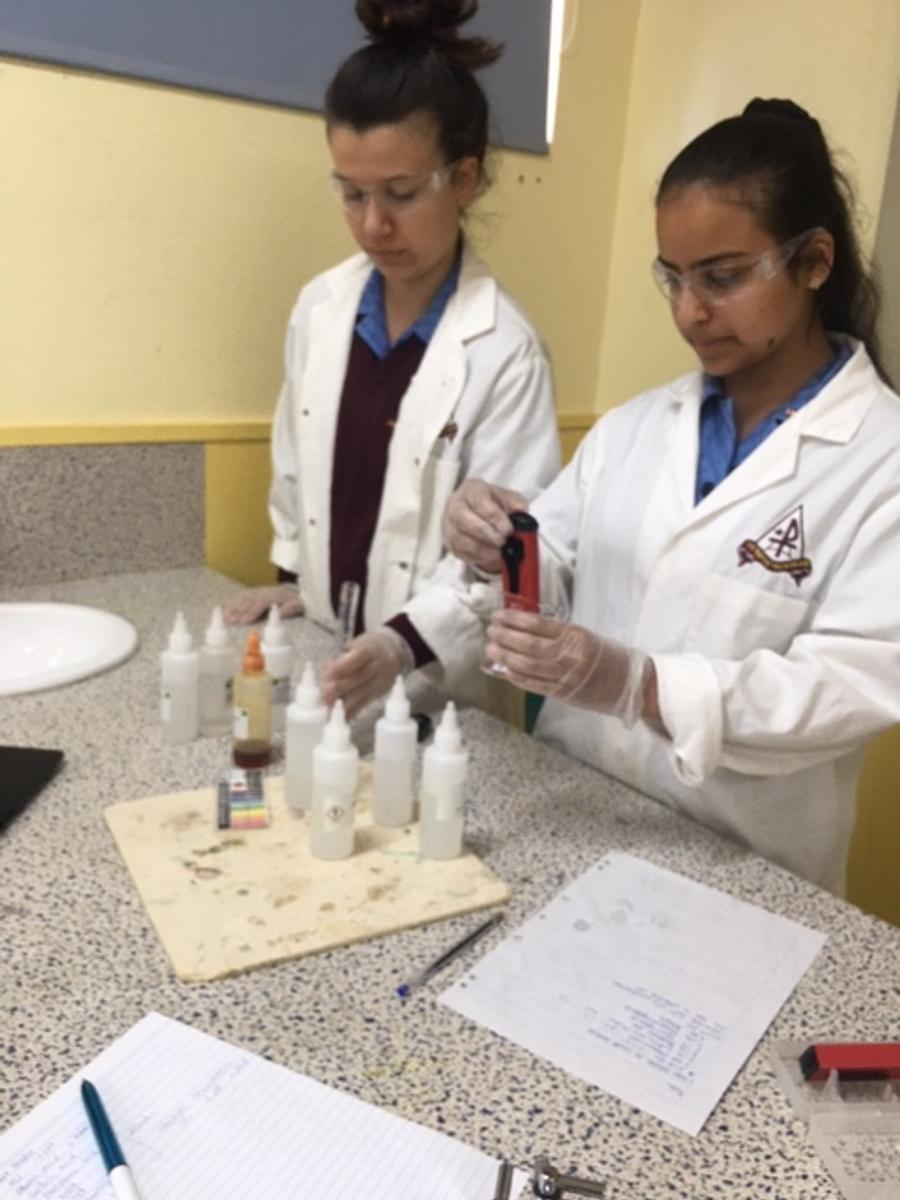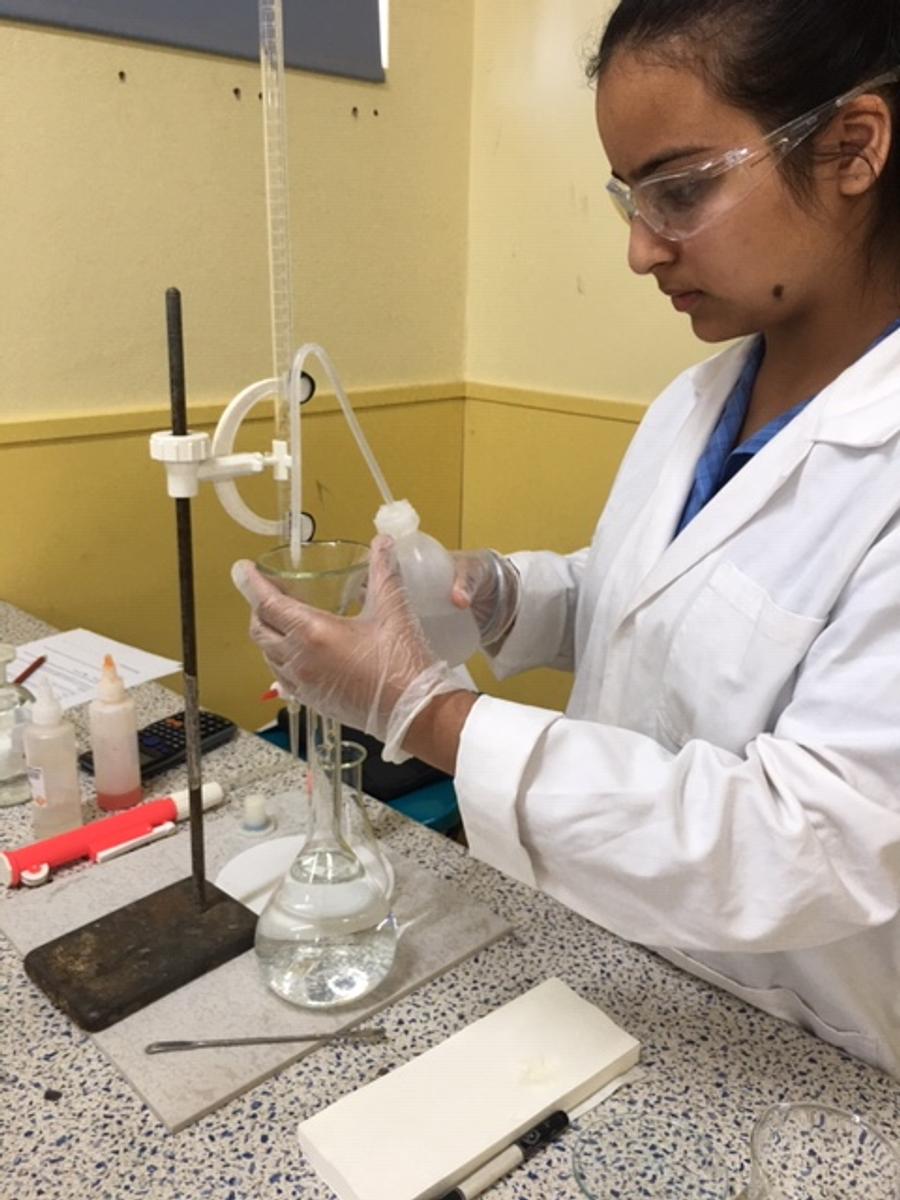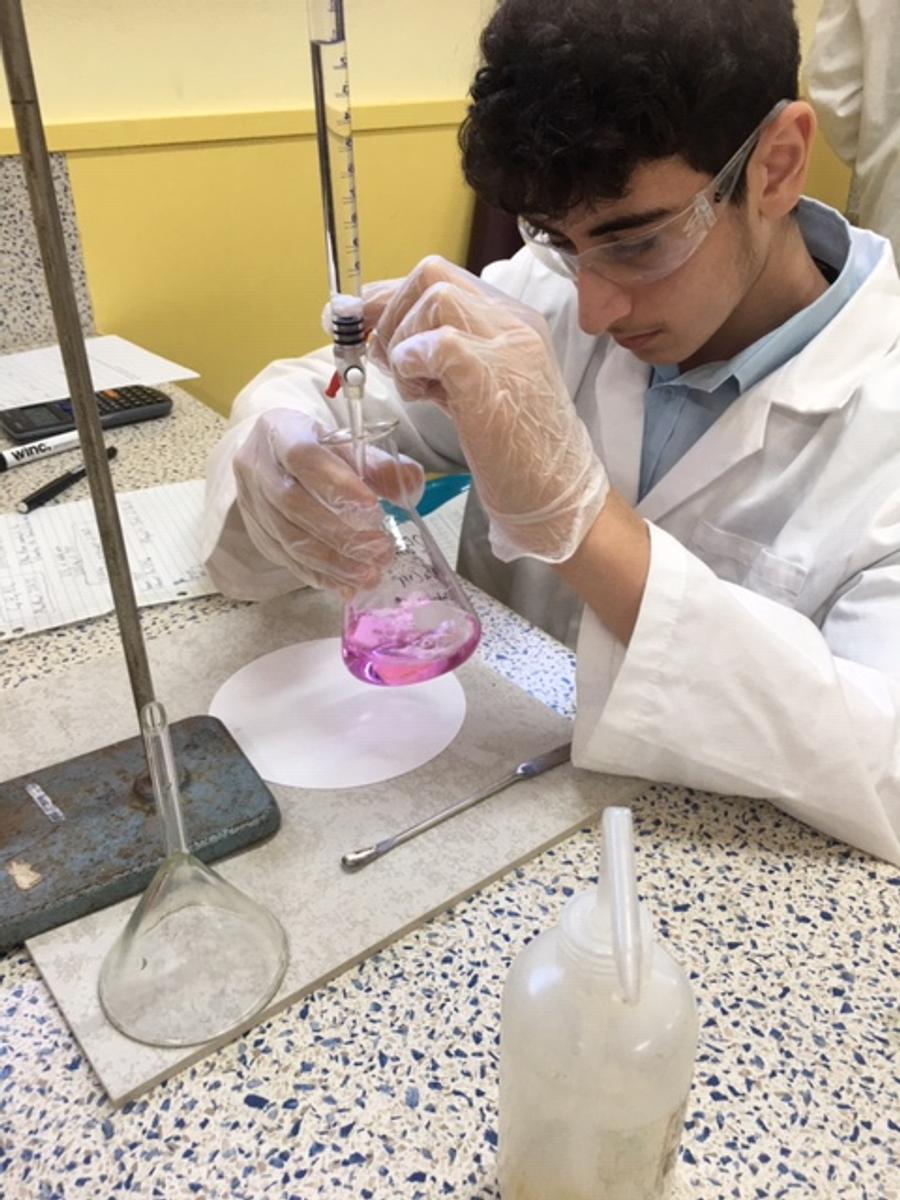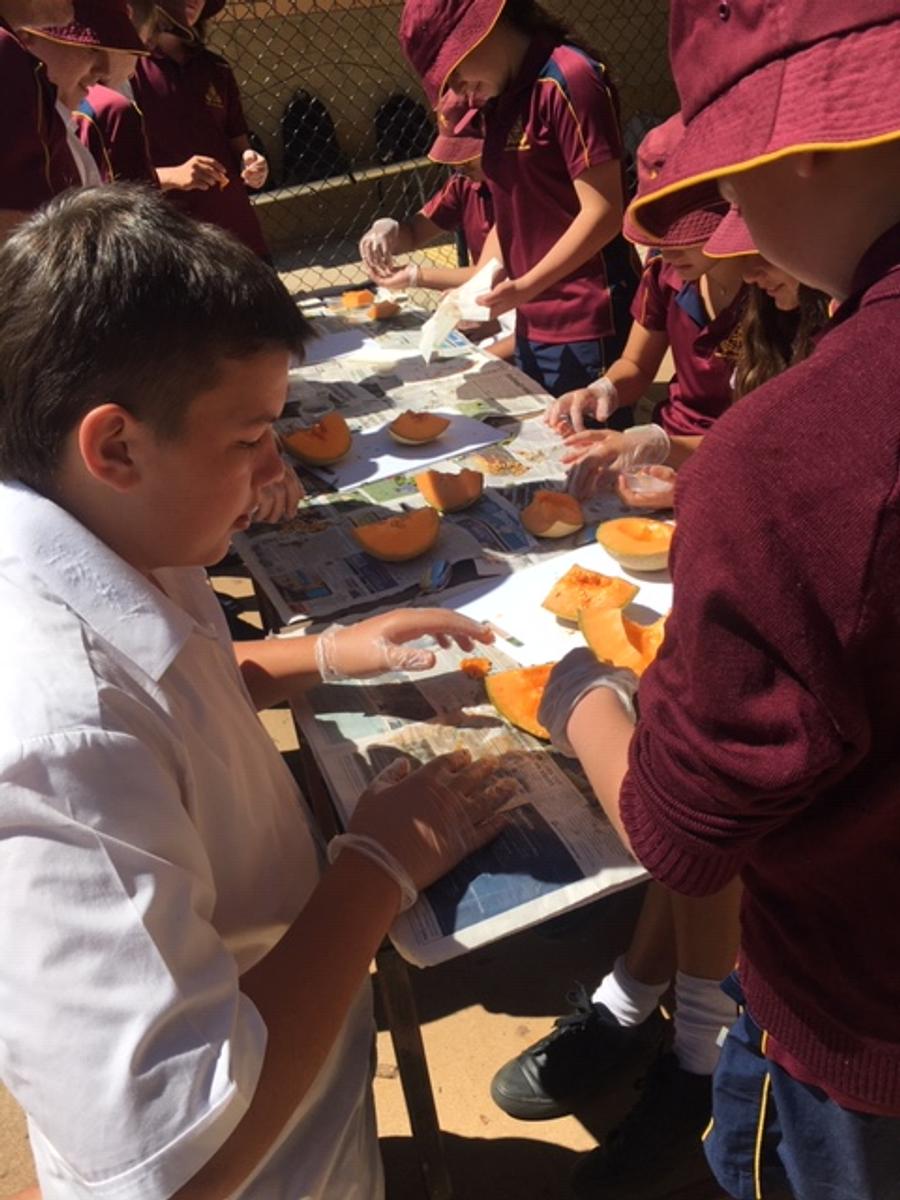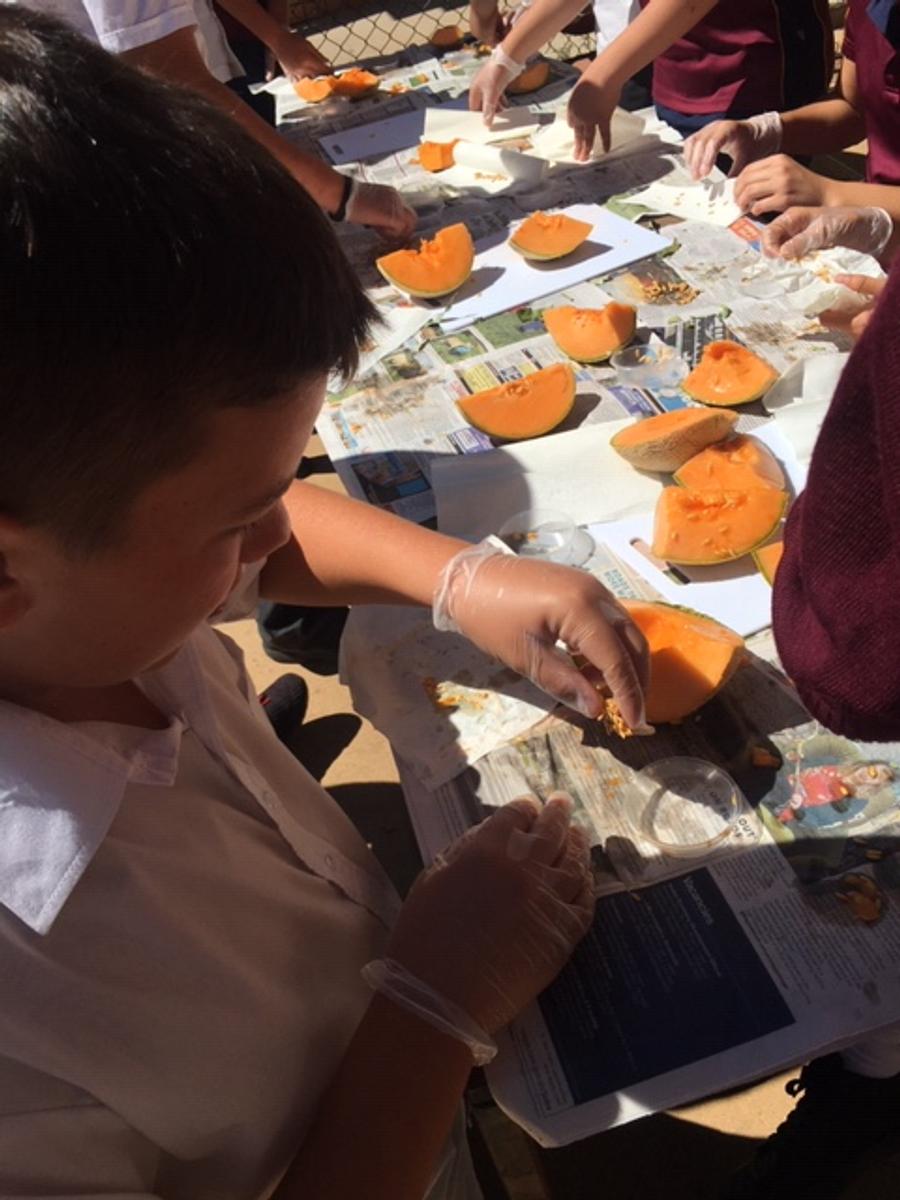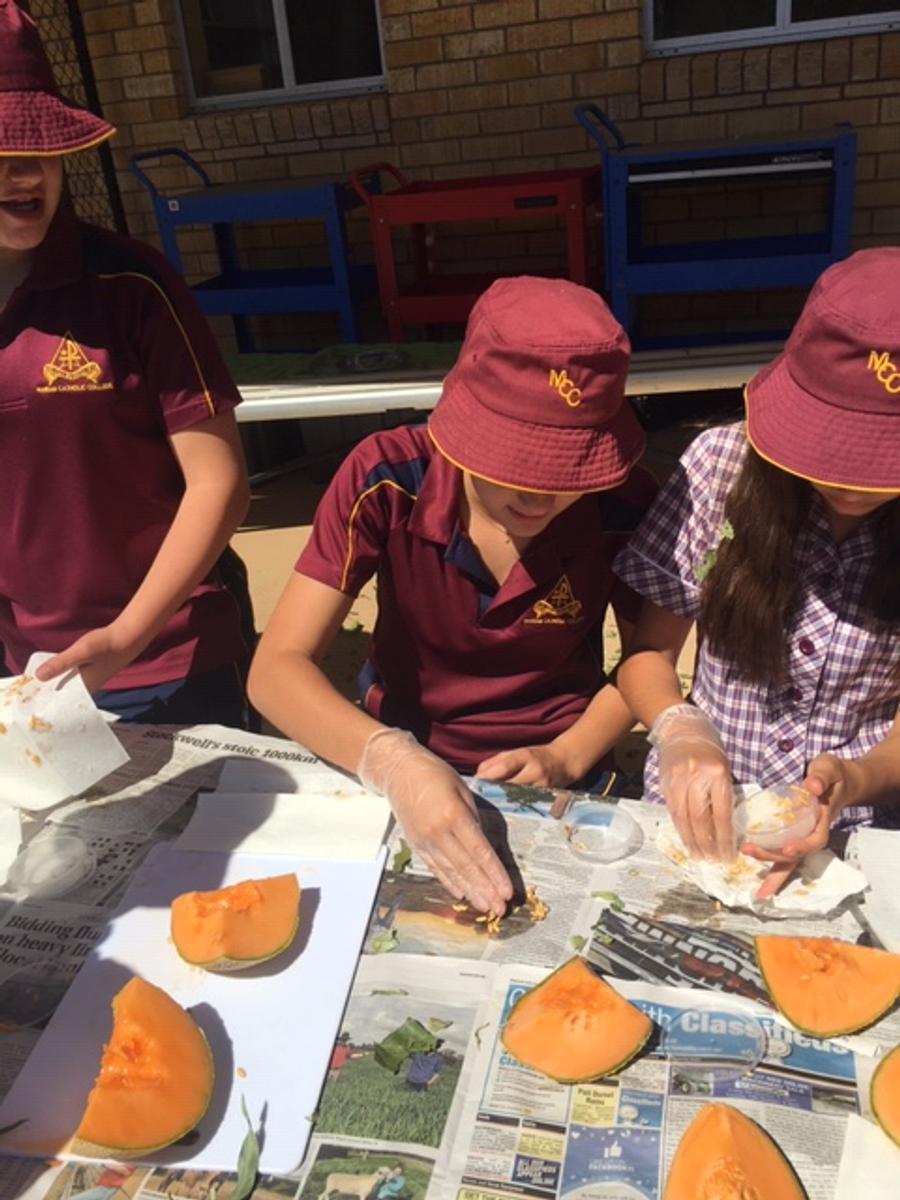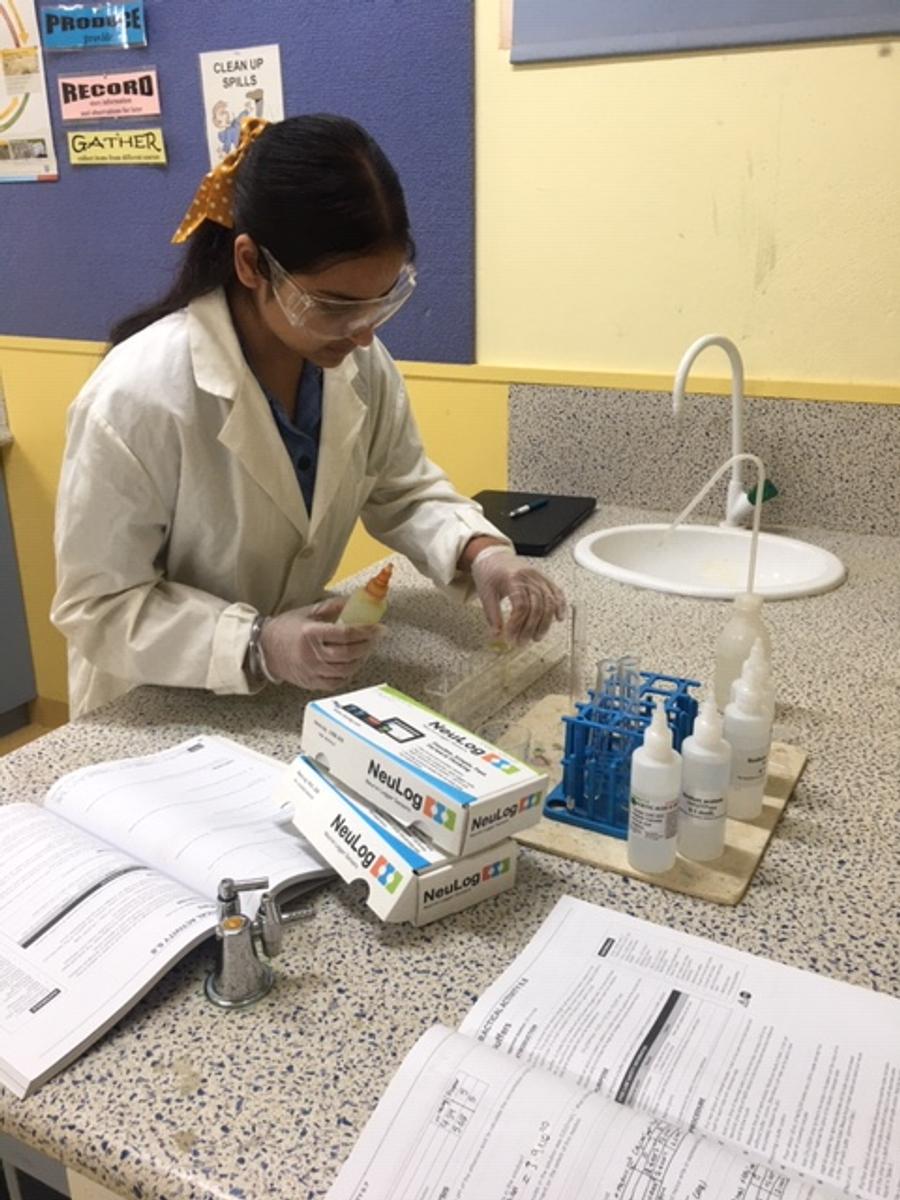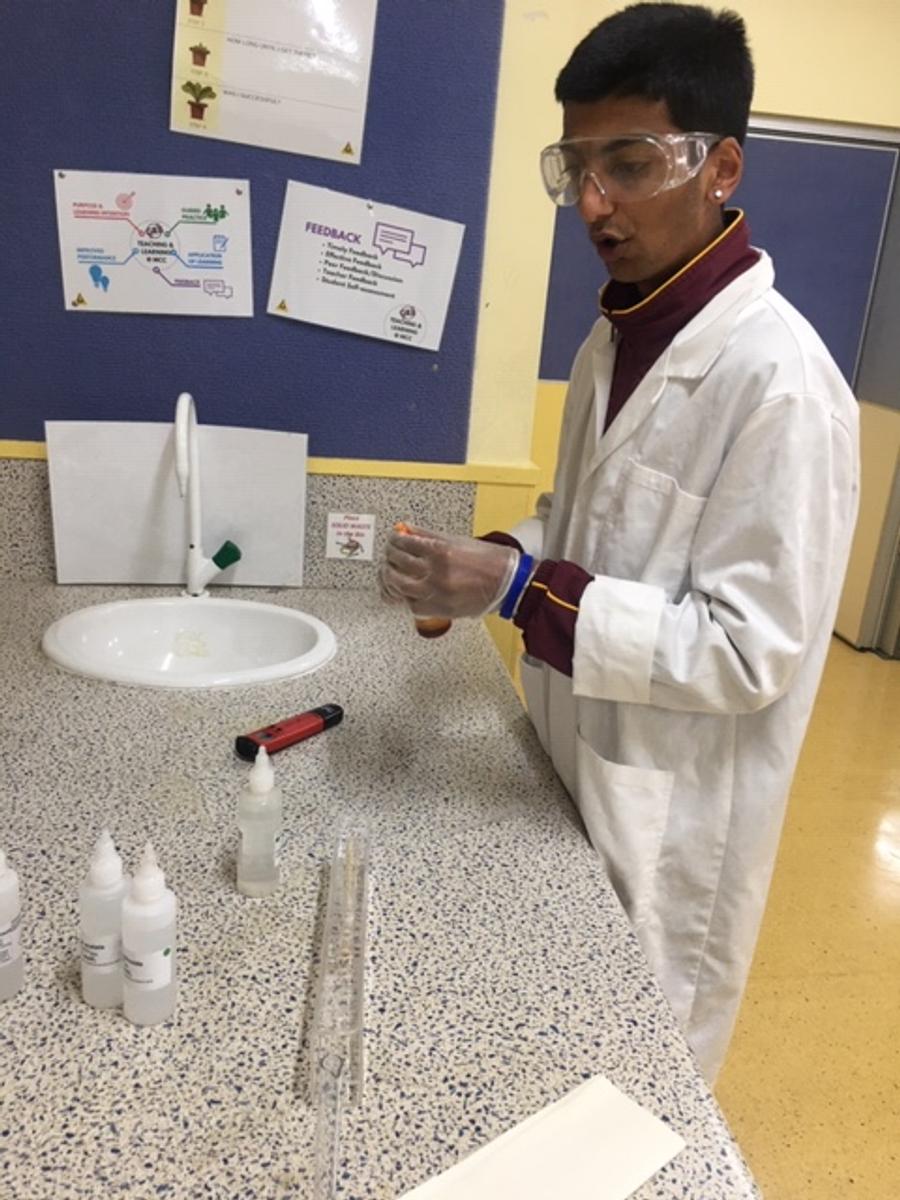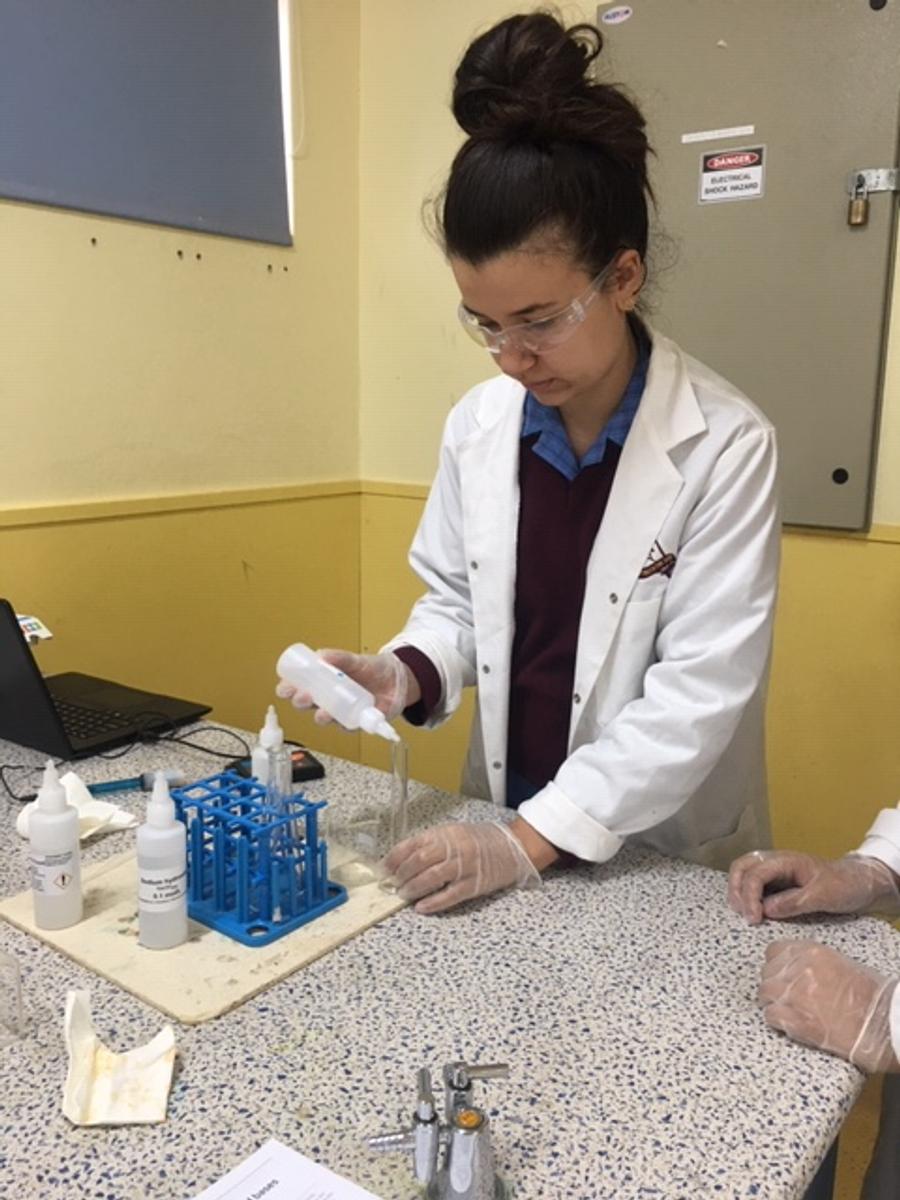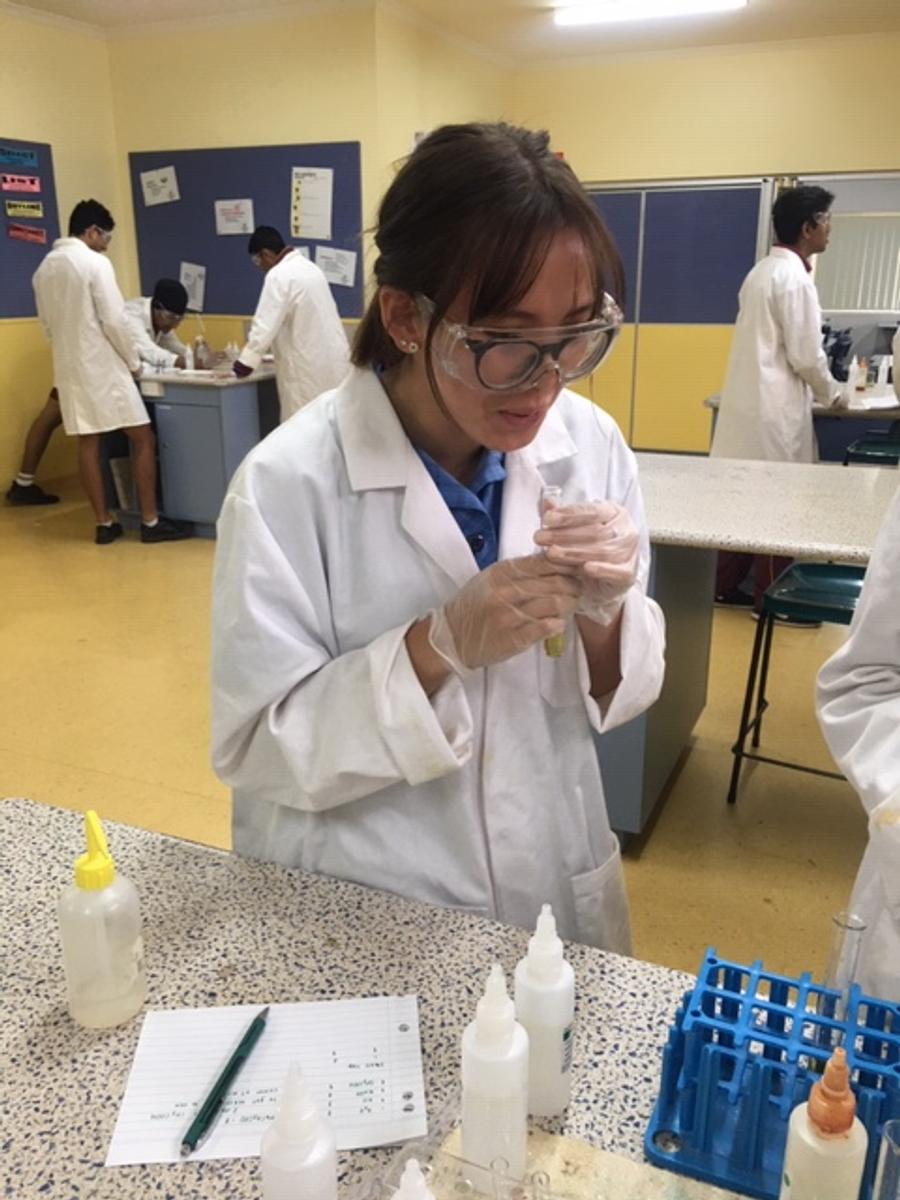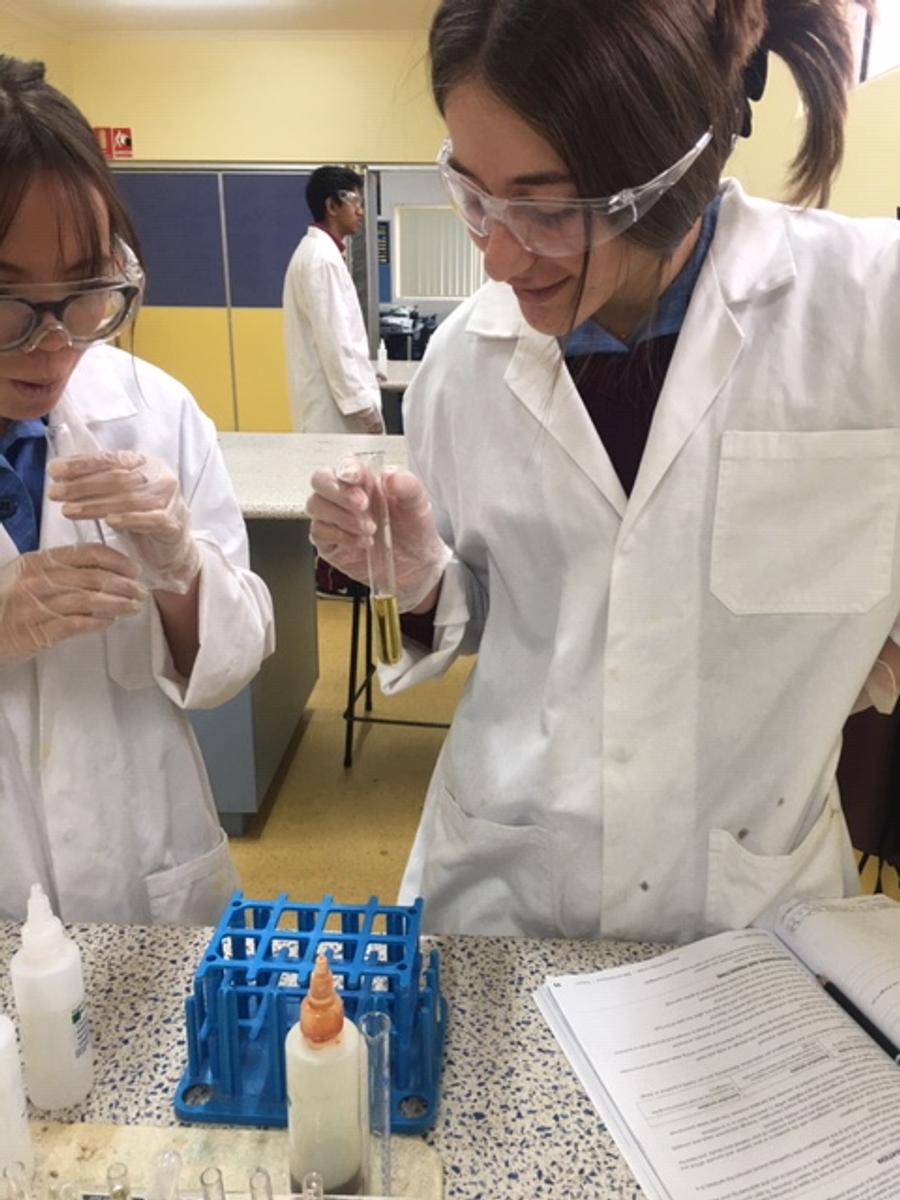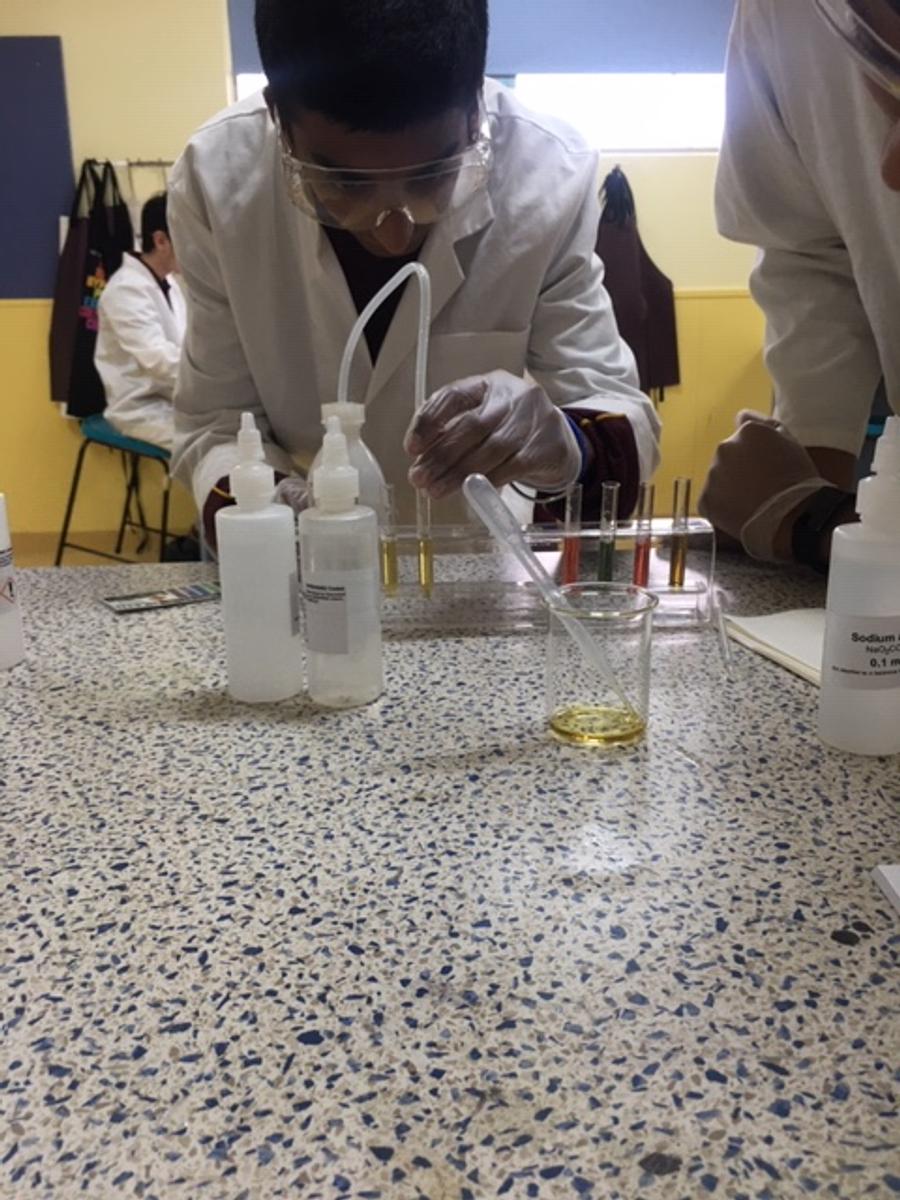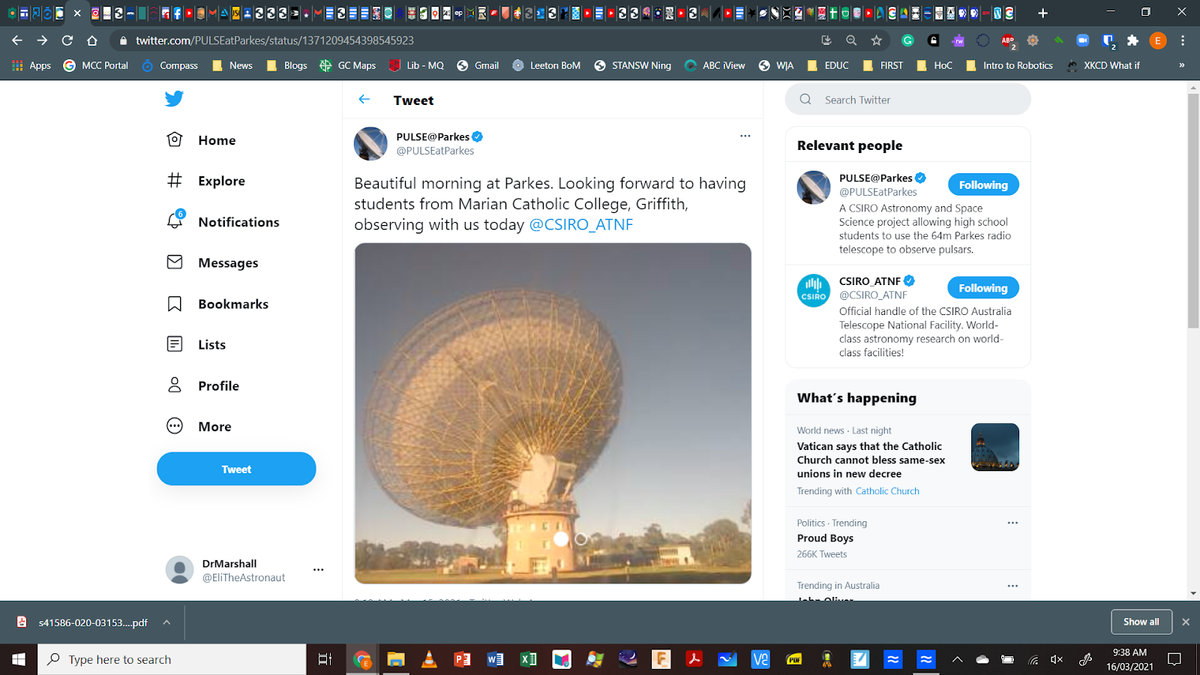Science News
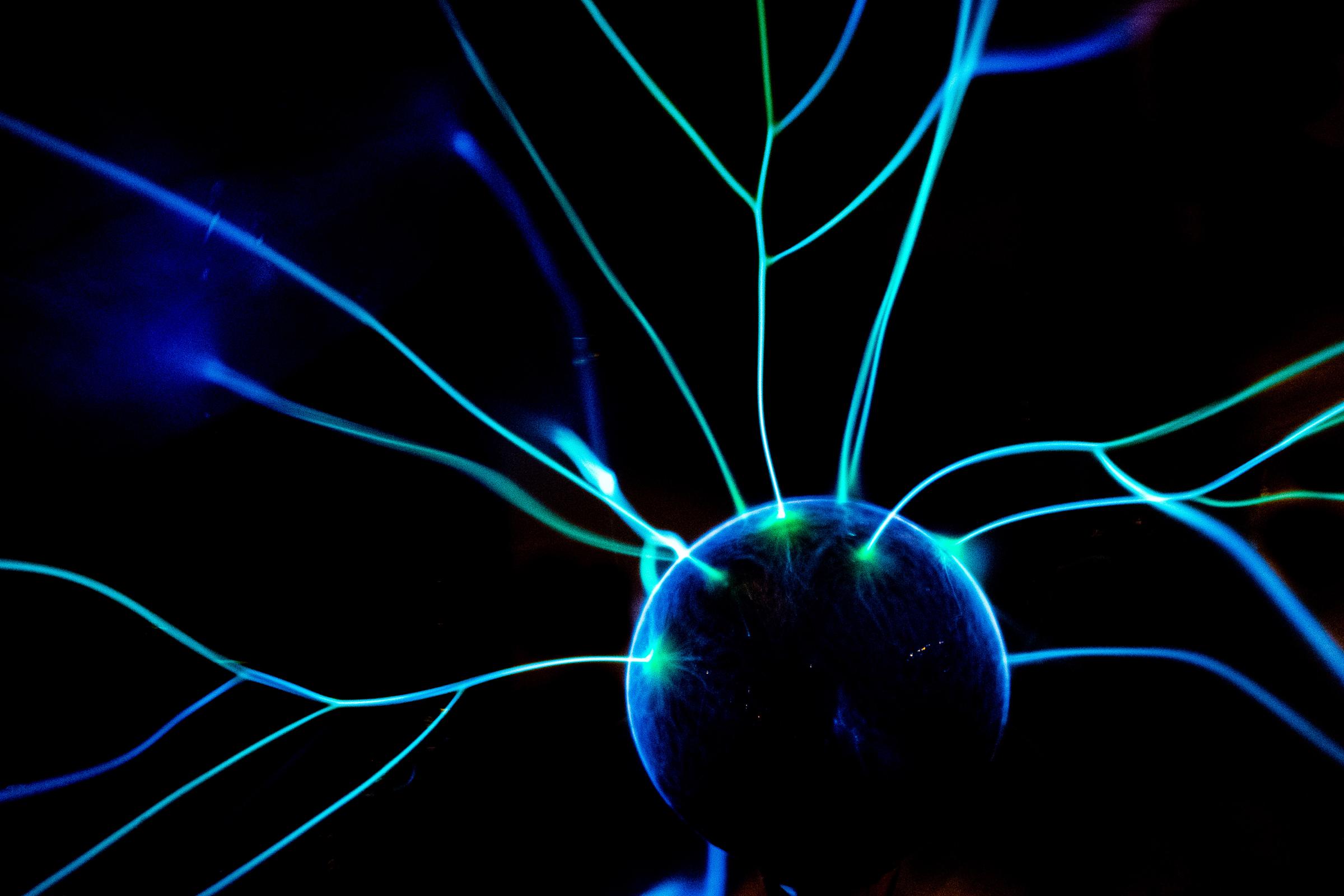
Year 12 Biology
Year 12 Biology have recently completed the Module on Genetics with a final activity where students used their knowledge of inherited traits, alleles, genotypes, phenotypes and punnett squares to carve a face on a pumpkin.
Ms De Paoli
This Weeks Happenings in Science
We all experienced the best that Marian has to offer today when we celebrated Harmony Day. It is such a dynamic population of different cultures and wisdom and today we saw students celebrating their traditions, dances, food and friendship. During Lent, we think of others and how we can be of service, with generosity and love. Congratulations Marian.
As we come to the end of Term 1, classes are handing in assessment tasks and teachers are finalising the units of work that were planned and delivered over the term. As always, we have a very dynamic group of teachers and the quality of teaching has been very impressive.
The senior Chemistry classes continue to enjoy lab work as they process theory and practice to gain a deeper understanding of the chemical world. The Physics students in Year 12 have built their own generator to help them understand the interaction of magnetism and electricity. The Year 12 Biology continue to research the viruses and the diseases that have taken many lives and continue to be a source of anxiety all over the world.
Year 10 are studying evolution and are examining how life first started on Earth. This is a very philosophical question and creates great confusion as they try to understand the evidence and ideas that scientists have gathered and rationalise this with the students own religious beliefs. It’s a time to reflect.
I trust that the year 7 students have enjoyed their introduction to high school science and have a new capacity to see the wonders of the world around them.
All other classes are on target to complete the terms study and enjoy the Easter break. The Year 8 started their unit on Growing and multiplying and had an outdoor activity harvesting rock melon seeds to dry and then sow. They will continue to monitor the germination and growth of the plants and will look at them under the microscope next week. Year 8 students are planning and conducting their own experiment and will continue to gather data for their first major student research task during the holiday break.
Then they will be in a position to work on their scientific report early next term.
Meanwhile, I hope you all enjoy the last days and I encourage all students to do some reading over the holidays to build brains.
Best wishes
Esther Dumbleton(Science leader of Learning)
Pulse @ Parks
Marian Catholic College reaches for the stars with PULSE@Parkes!
Pulsars are spherical star-like objects about the size of a small city but contain more mass than the Sun. They form when a massive star undergoes a supernova, leaving behind a remnant that emits radio waves.
From our perspective on Earth, they seem to flicker on and off like a lighthouse, blinking with a regular rhythm.
Pulsars were originally discovered in Britain by Dame Jocelyn Bell Burnell in 1967. Over two-thirds of the pulsars known now have been discovered and characterised by the Parkes Radio Telescope. This 64m dish is located 30km outside Parkes and, due to constant upgrades, has been at the forefront of radio astronomy since it’s commissioning in 1961.
Recently, the telescope has been blessed with the Indigenous name Murriyang, which represents the 'Skyworld' where a prominent creator spirit of the Wiradjuri Dreaming, Biyaami (Baiame), lives.
Our students were fortunate enough to be able to participate in the PULSE@Parkes program this week.
This program allows school students from across the country time on Murriyang to observe pulsars, collect data and characterise the stars. These observations are part of an ongoing project within CSIRO to increase our understanding of how these star-like objects are formed.
Students from HSC and Preliminary Physics and year 10 were able to choose a target pulsar, aim and align the Dish, gather and process data and gain insights into how professional scientists use their equipment and technology to discover new insights into our Universe.
Mr Marshall
Science
